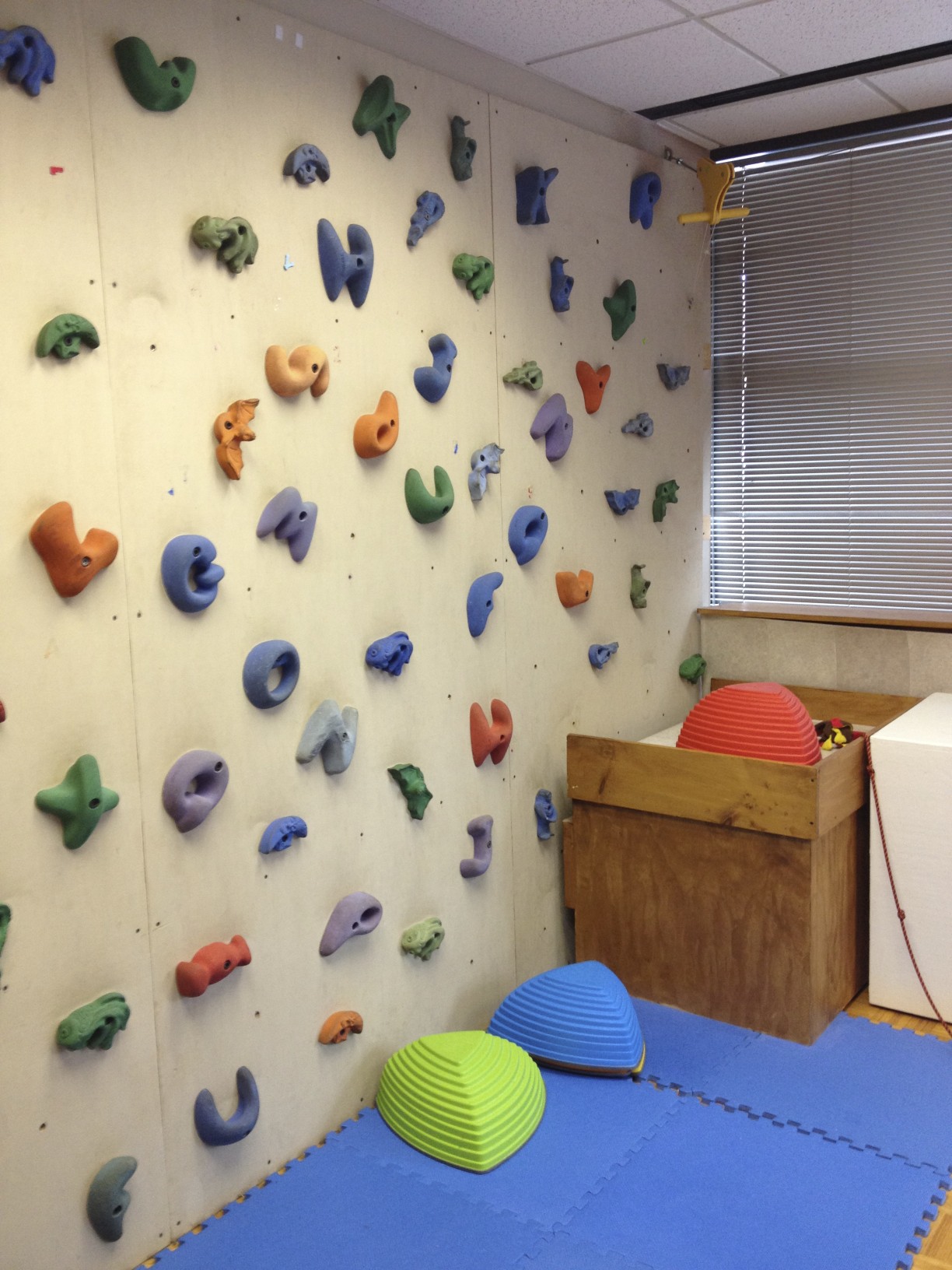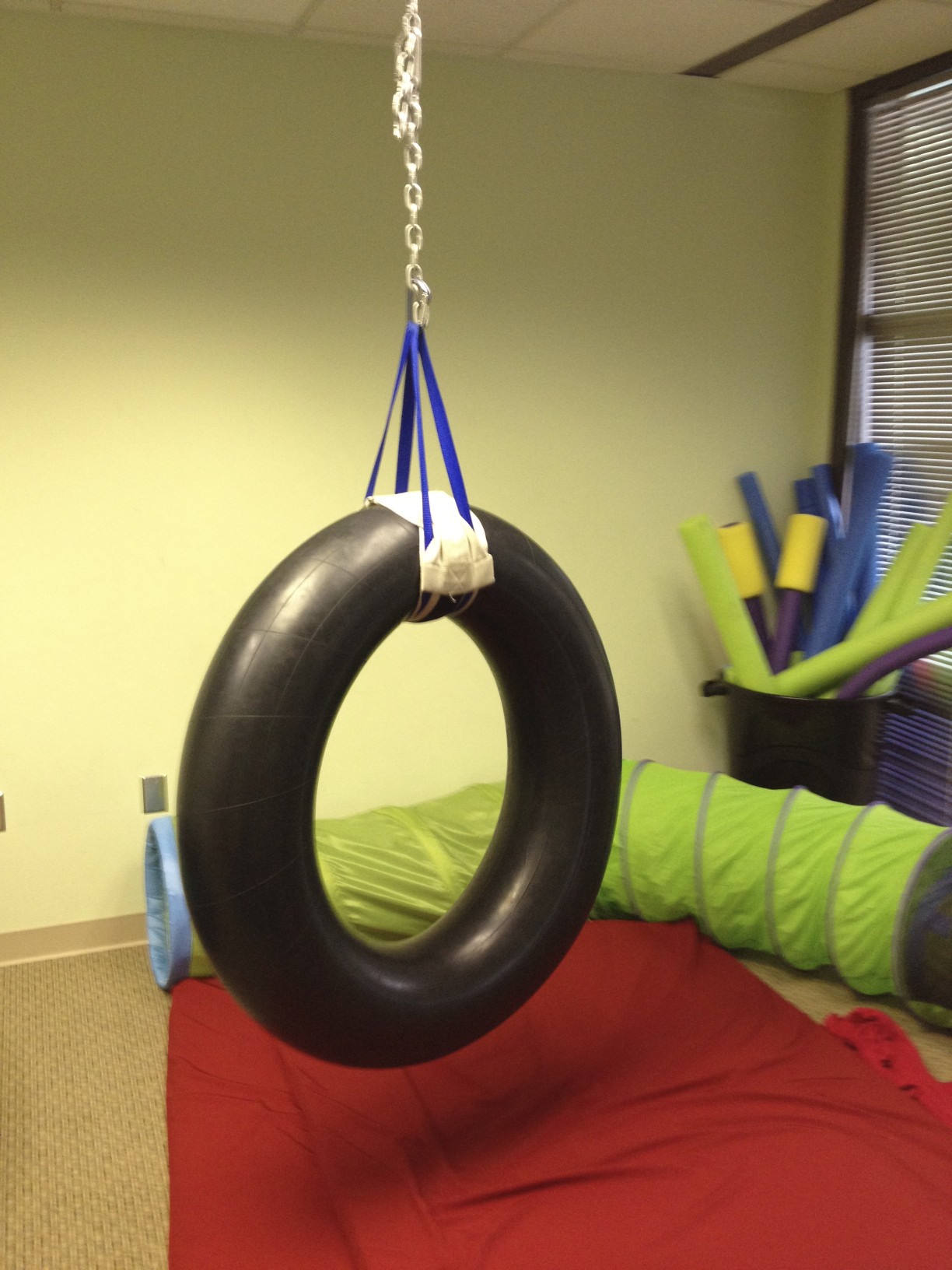What Is Occupational Therapy
Pediatric occupational therapy uses play, which is a child’s natural occupation, to improve foundation skills and independence so that children can participate in daily life activities at home, school, and in the community. Fun and functional activities are incorporated into the therapy sessions to motivate the child to participate in activities that can promote more appropriate adaptive responses and improve the child’s abilities.
Who Can Benefit From OT?
- Children with suspected or diagnosed developmental disorders
- Children with suspected or diagnosed learning disorders
- Infants and children at risk of developmental delays
- Children with behavioral and/or attention issues
- Children with sensory processing disorders
- Children struggling with classroom performance

- Parents and teachers caring for children receiving OT
Specialized Treatment Approaches
Our therapists are trained in a range of specialized treatment approaches that are used as part of therapy where appropriate.
Sensory Integration Therapy
Sensory integration therapy involves providing the child with activities and motor challenges which address the underlying sensory processing weaknesses. Through the use of movement, touch and proprioception, integrated with obstacle courses involving swinging, jumping, crashing, climbing, and balance, a child will improve body awareness, motor planning, and coordination as well as perceptual skills. As their skills progress they begin to challenge themselves and gain confidence in their ability.
We specialize in SI therapy and have over 30 years of experience in sensory integration therapy. For more information on Sensory Integration and Sensory Processing Disorders, please click here.
 How Does Your Engine Run?: The Alert Program and Sensory Diet
How Does Your Engine Run?: The Alert Program and Sensory Diet
When a child experiences deficits in sensory regulation, it is difficult for them to adapt to the changing demands of the environment. Often their system is on alert, in high gear, or sluggish. A child on alert can appear easily overwhelmed, emotionally reactive, or controlling. The behavior of a child in high gear can appear high energy, active, and impulsive. A child in a sluggish state will appear tired or withdrawn.
The Engine Program teaches children to understand their body like a car engine, which sometimes runs too high, or too low and feels best when it is just right. Through exploration of the various senses and strategies to self regulate, children learn to seek out appropriate methods to regain organization. Put something in your mouth, move, touch, look and listen.
Therapeutic Listening
Therapeutic Listening involves music which has been modified by the computer, imbedding high and low frequency sounds into different types of music, to impact the nervous system at all levels, with the greatest effect on the vestibular system. Therapeutic Listening, when used in conjunction with sensory integrative activities that focus on the vestibular and proprioceptive systems, core strength, and breathing techniques, has been shown to improve:
– self regulation
– postural control
– gross, fine, and visual motor skills
– motor planning
– bilateral coordination
– attention and behavior
– communication and oral motor
For more information on research and case studies, click here
Handwriting Without Tears
We use the Handwriting Without Tears program to teach handwriting skills to children. HWT is a developmentally and educationally based program that was designed by occupational therapist, Jan Olsen. HWT works because children are taught letters in the most developmentally appropriate sequence using a multisensory approach. Lessons build upon each other and include multiple opportunities for repetitive learning in a fun and efficient way.